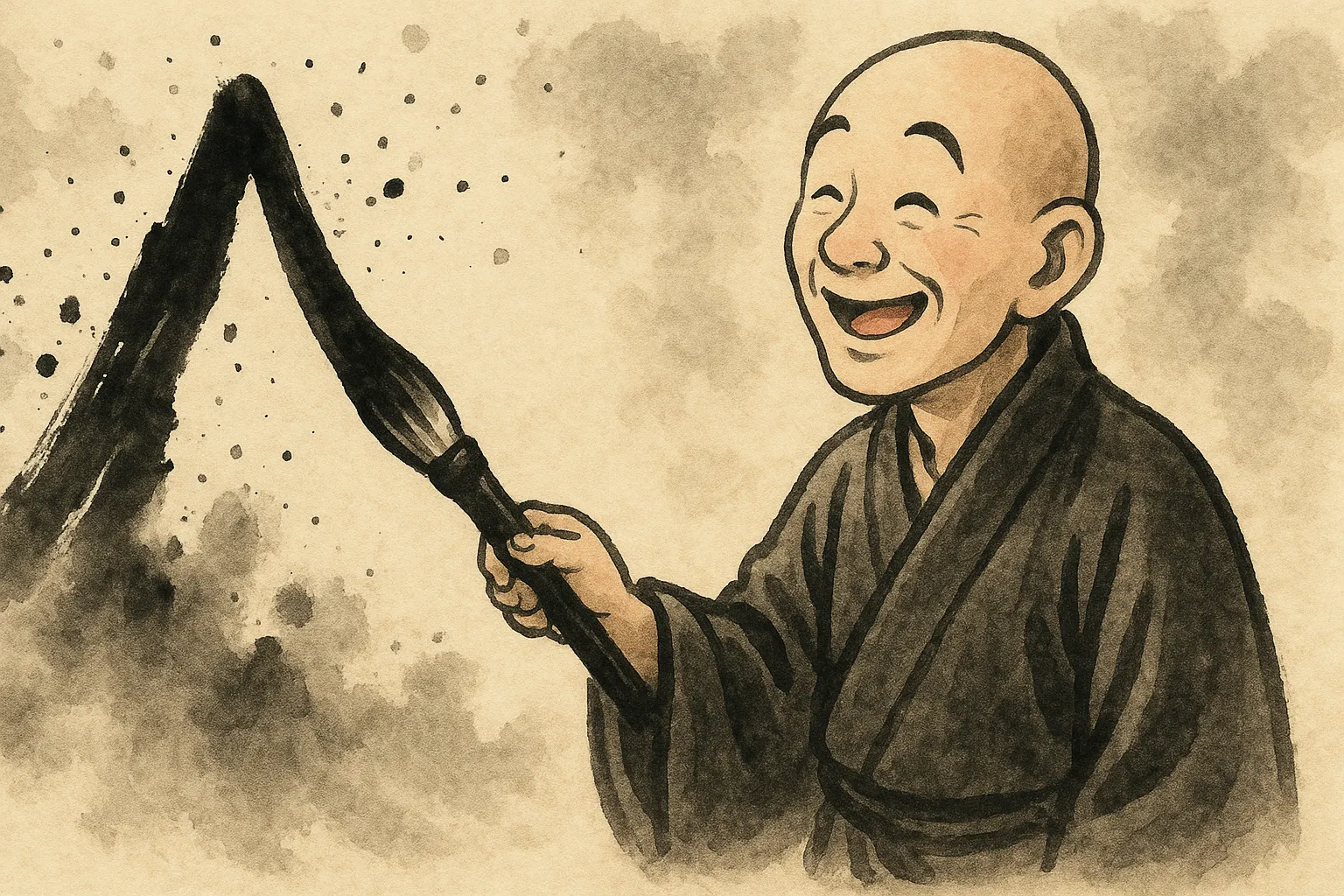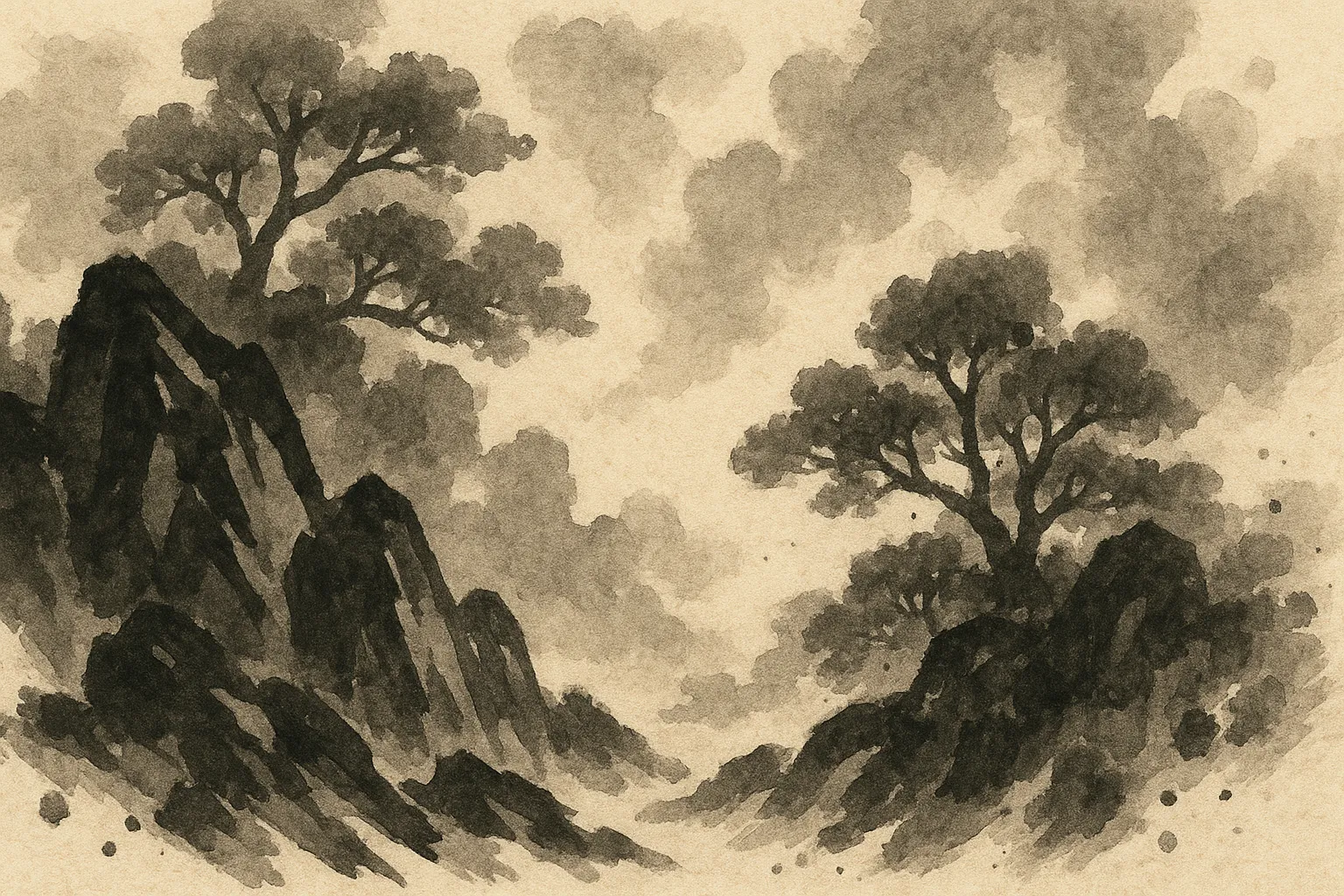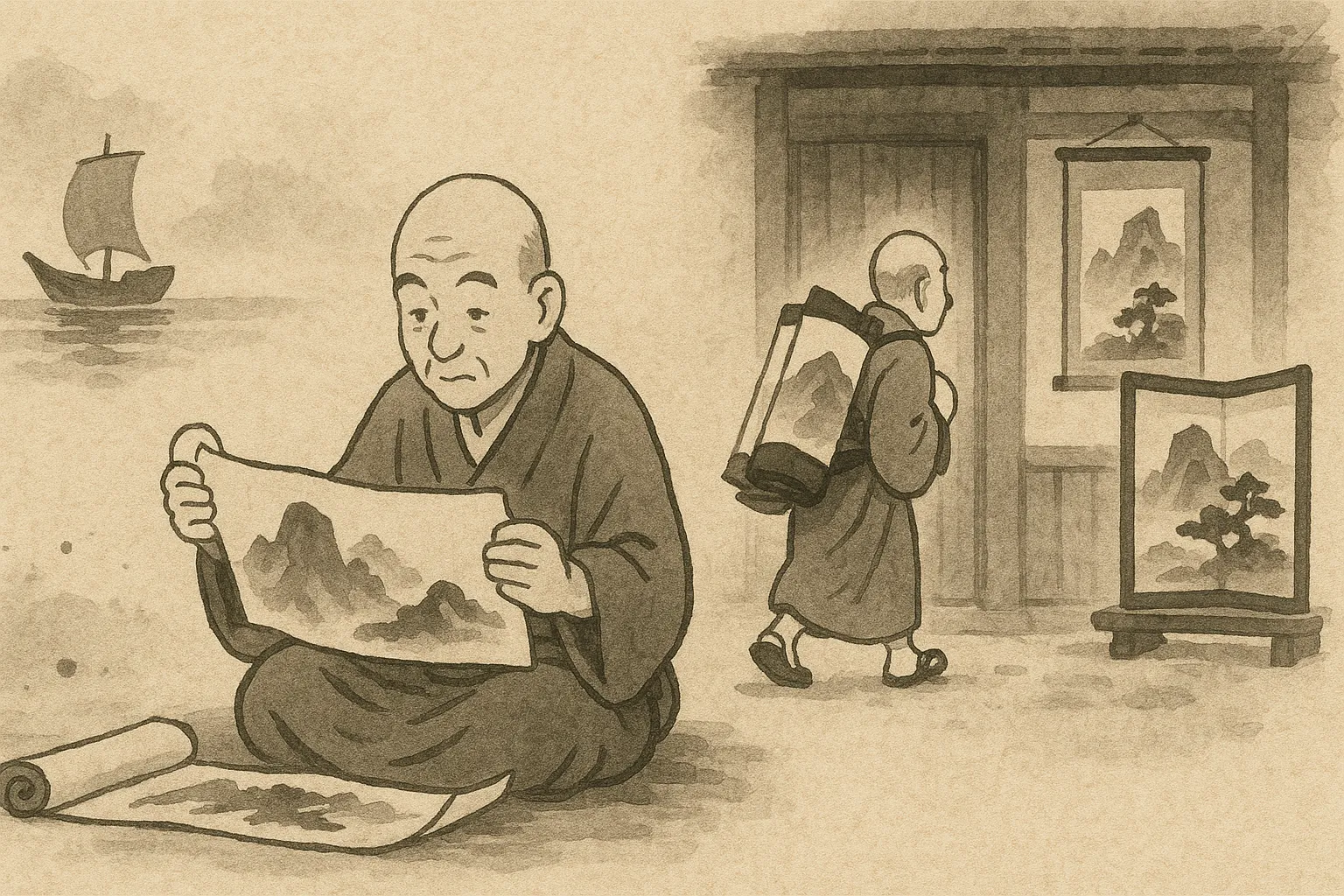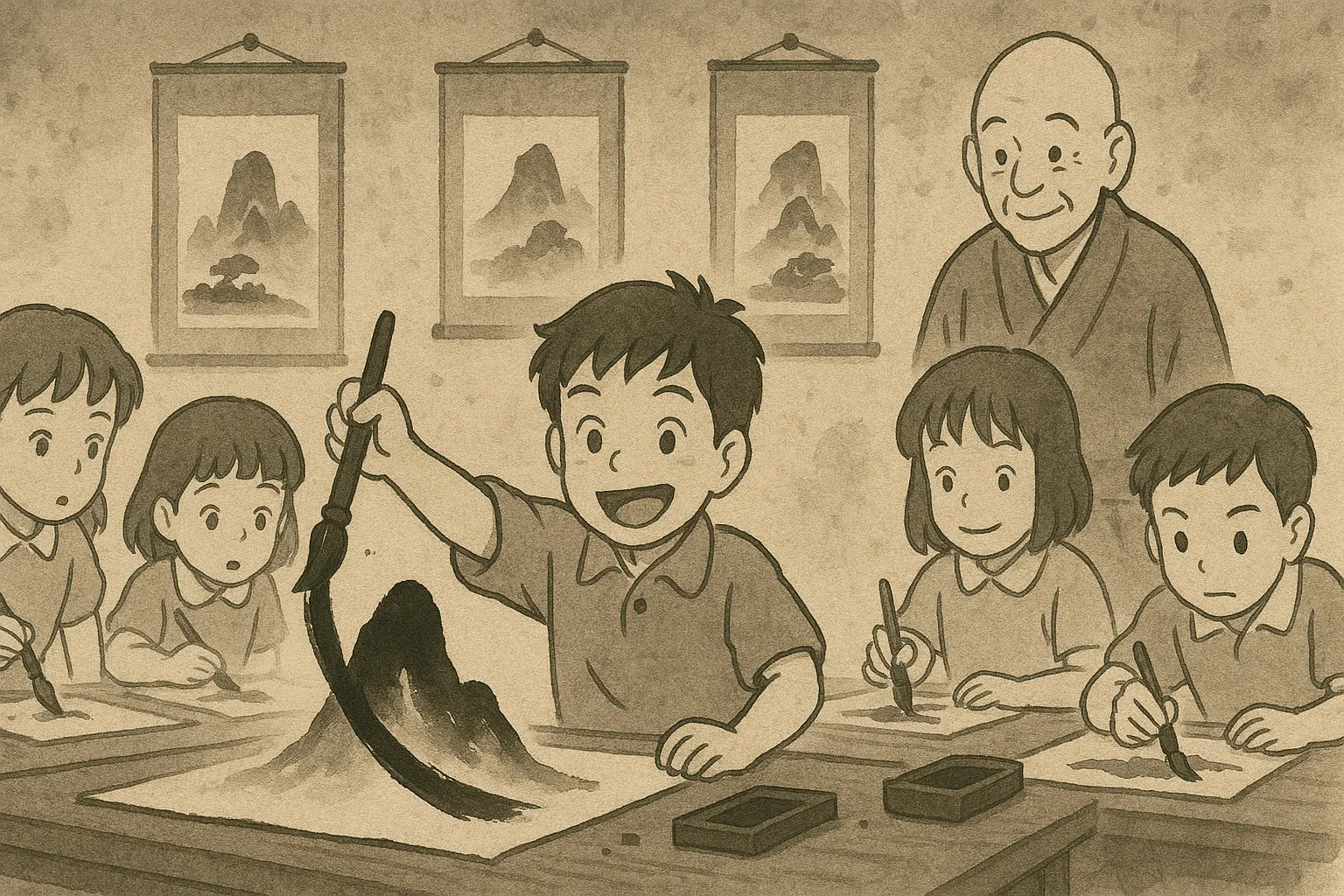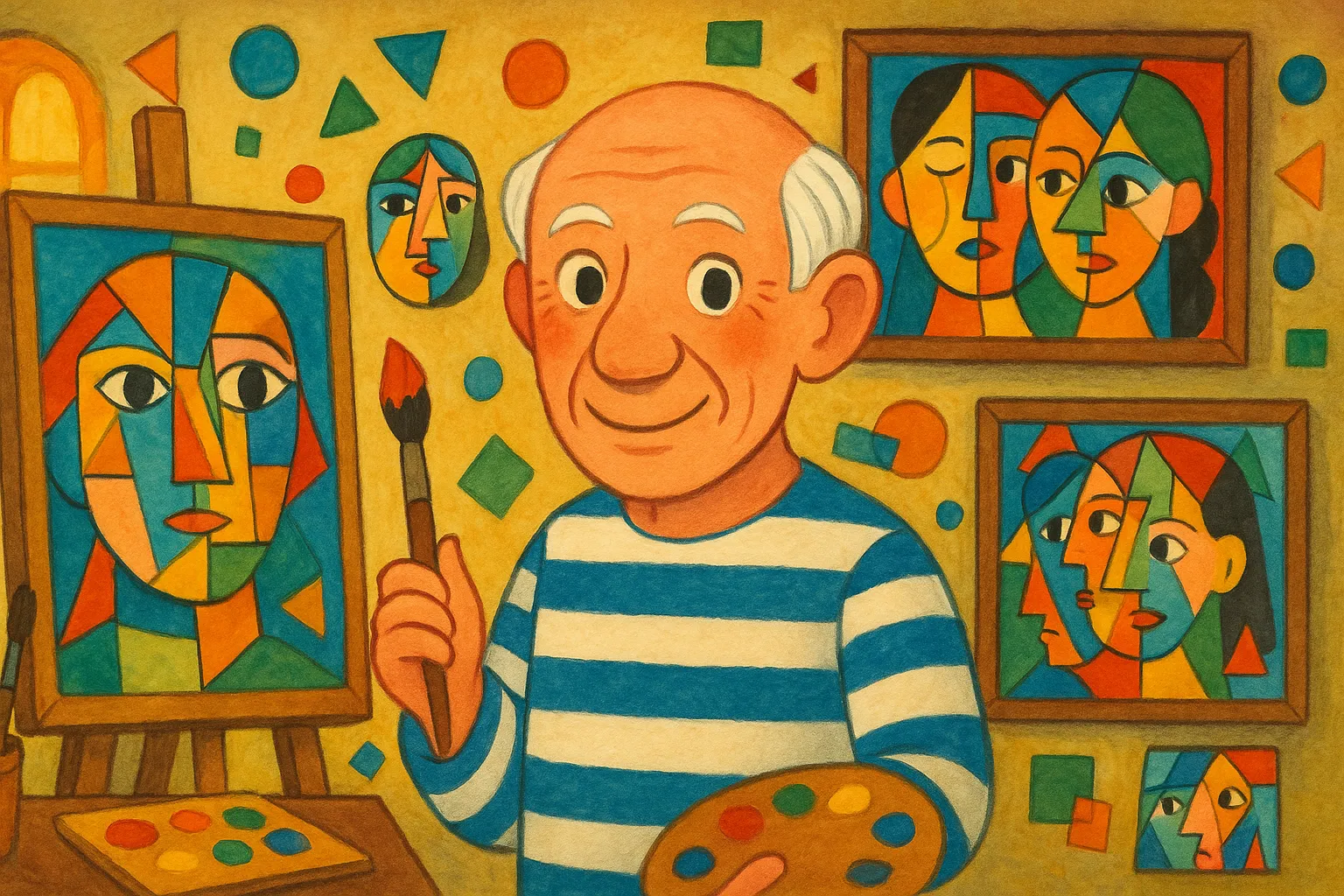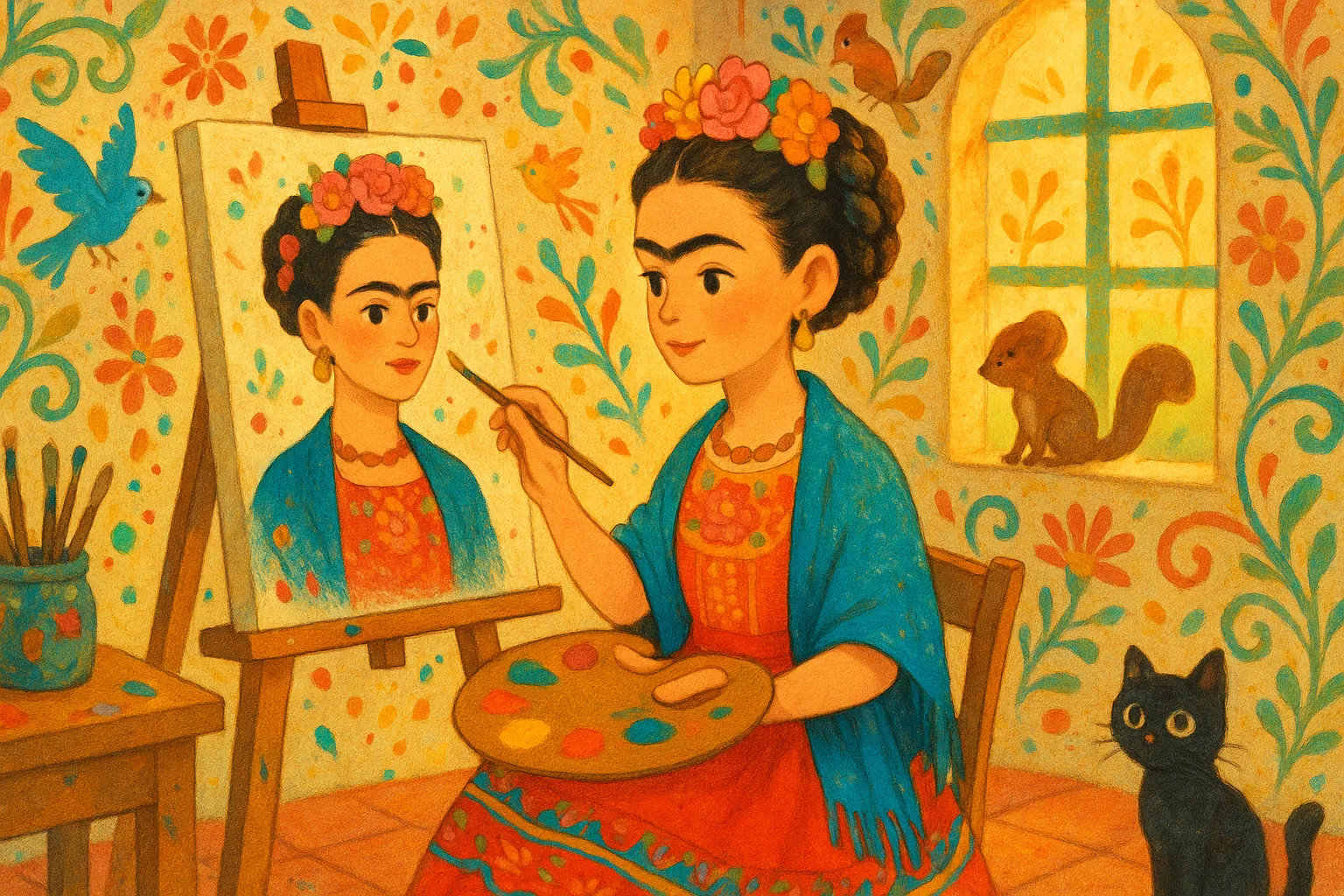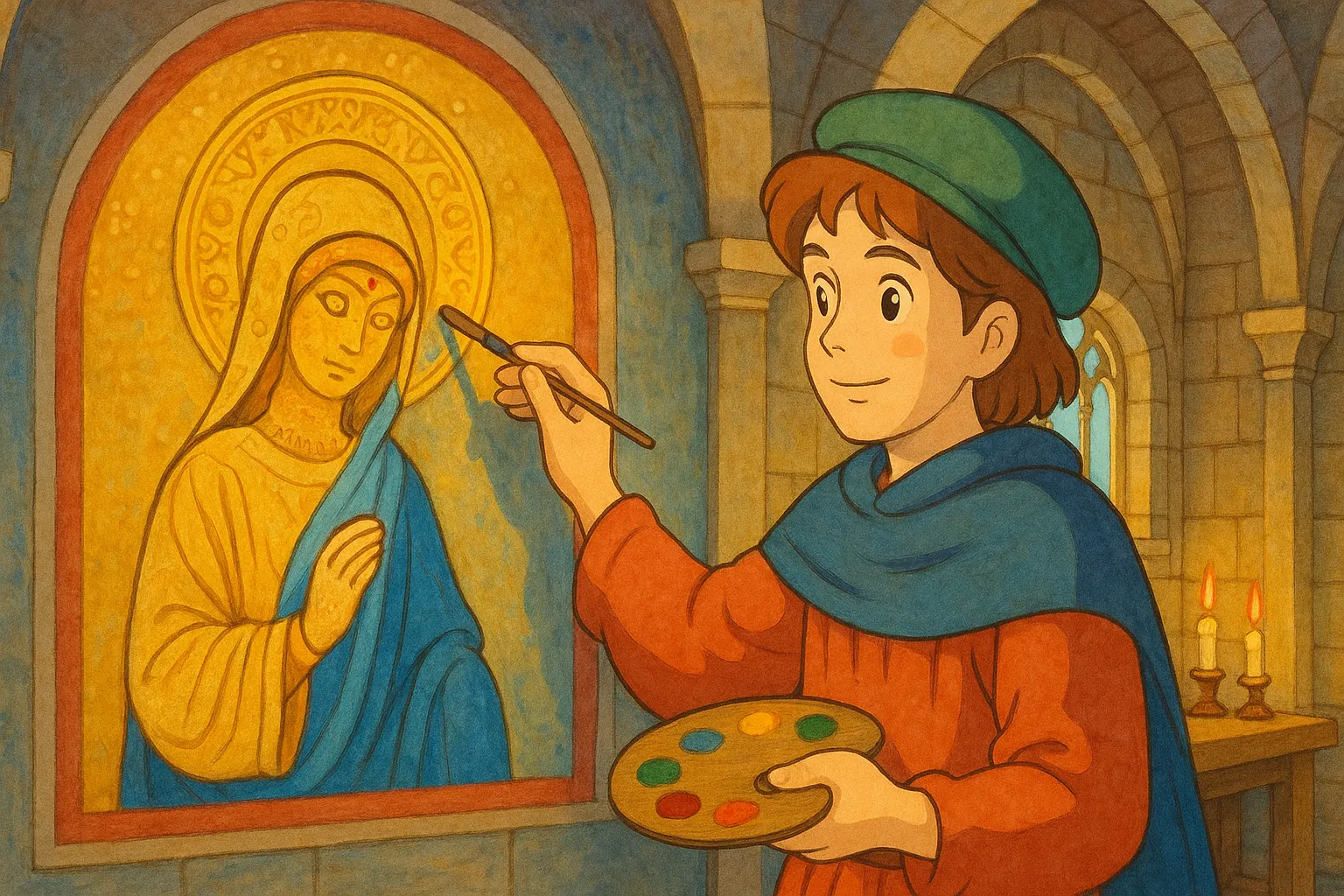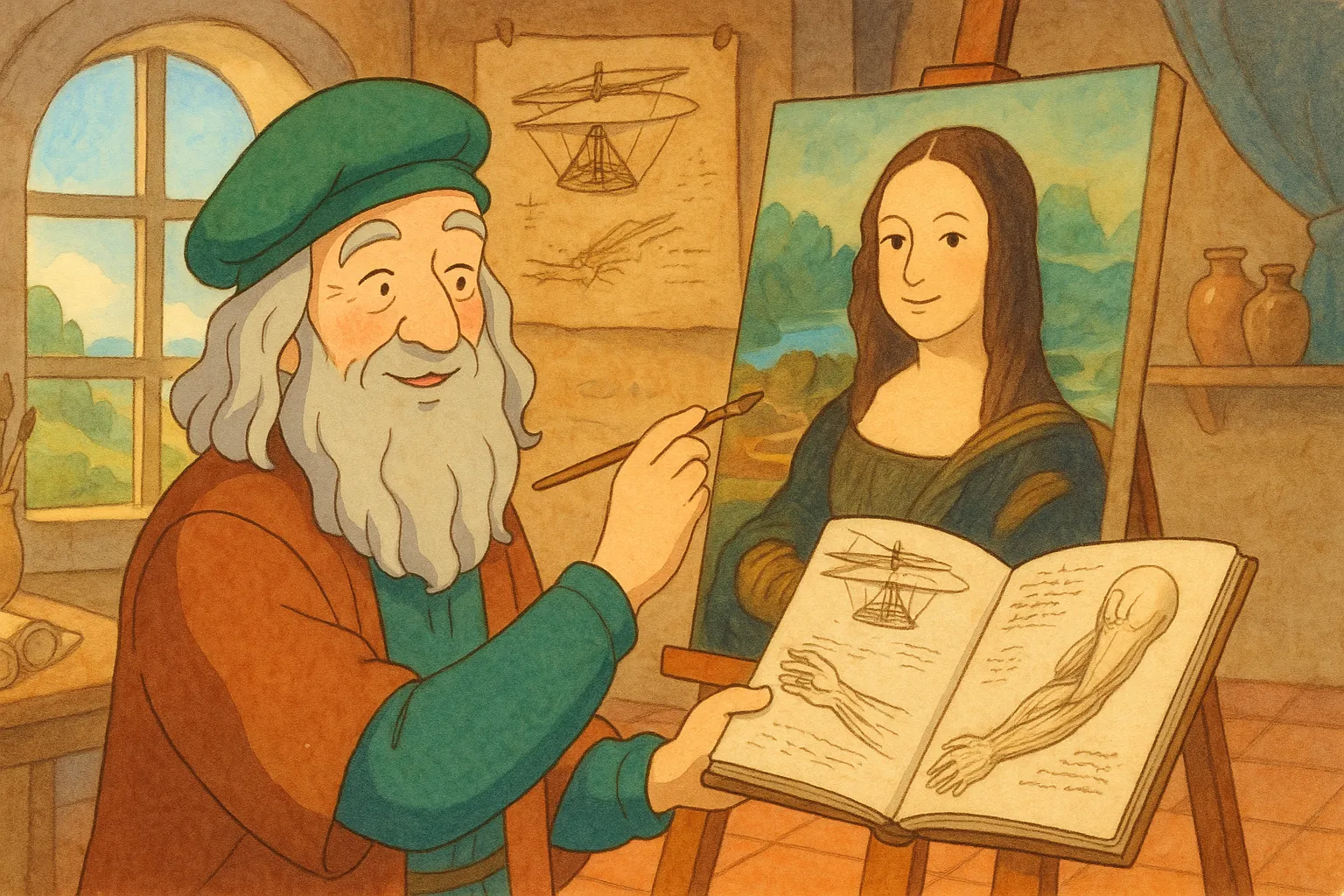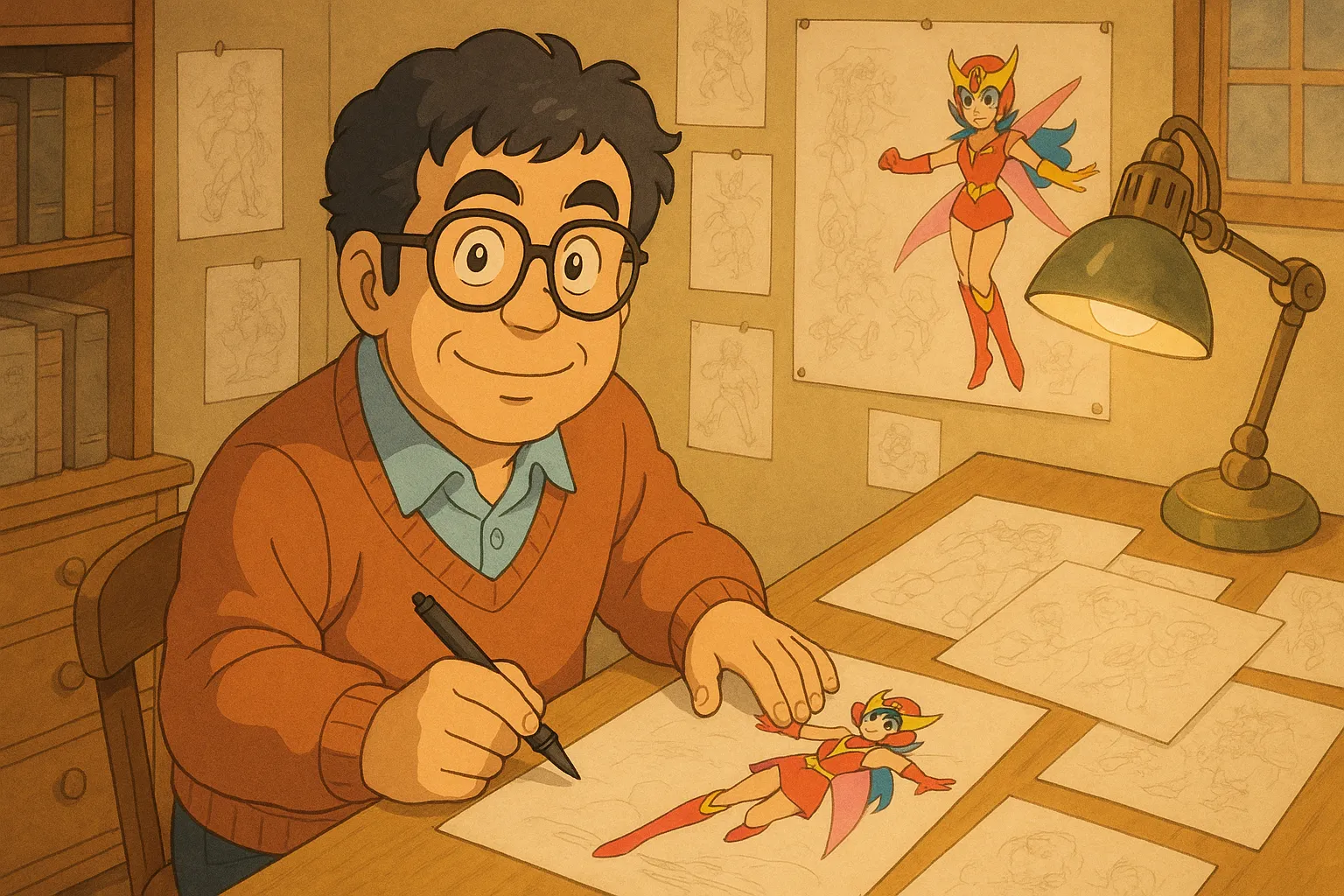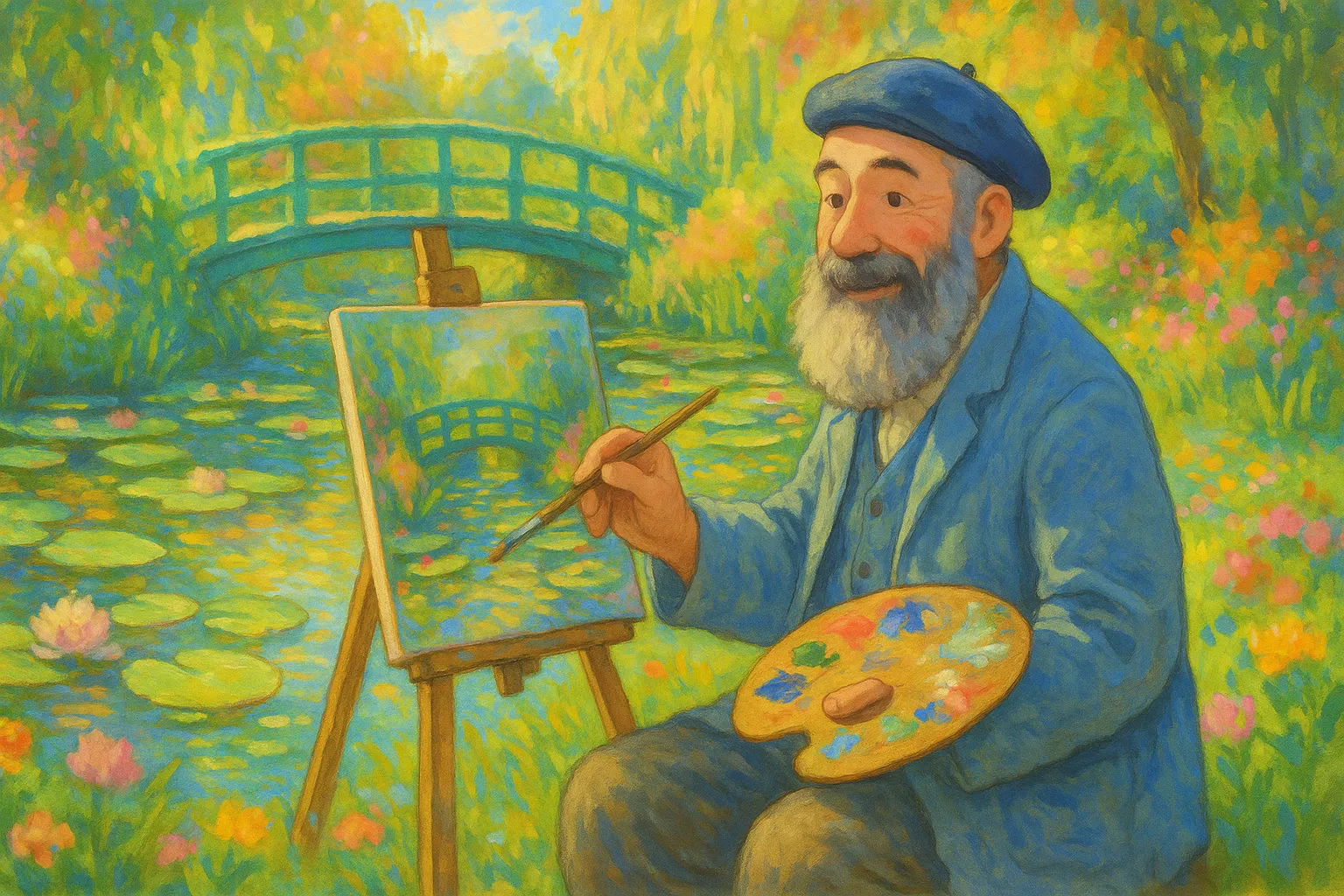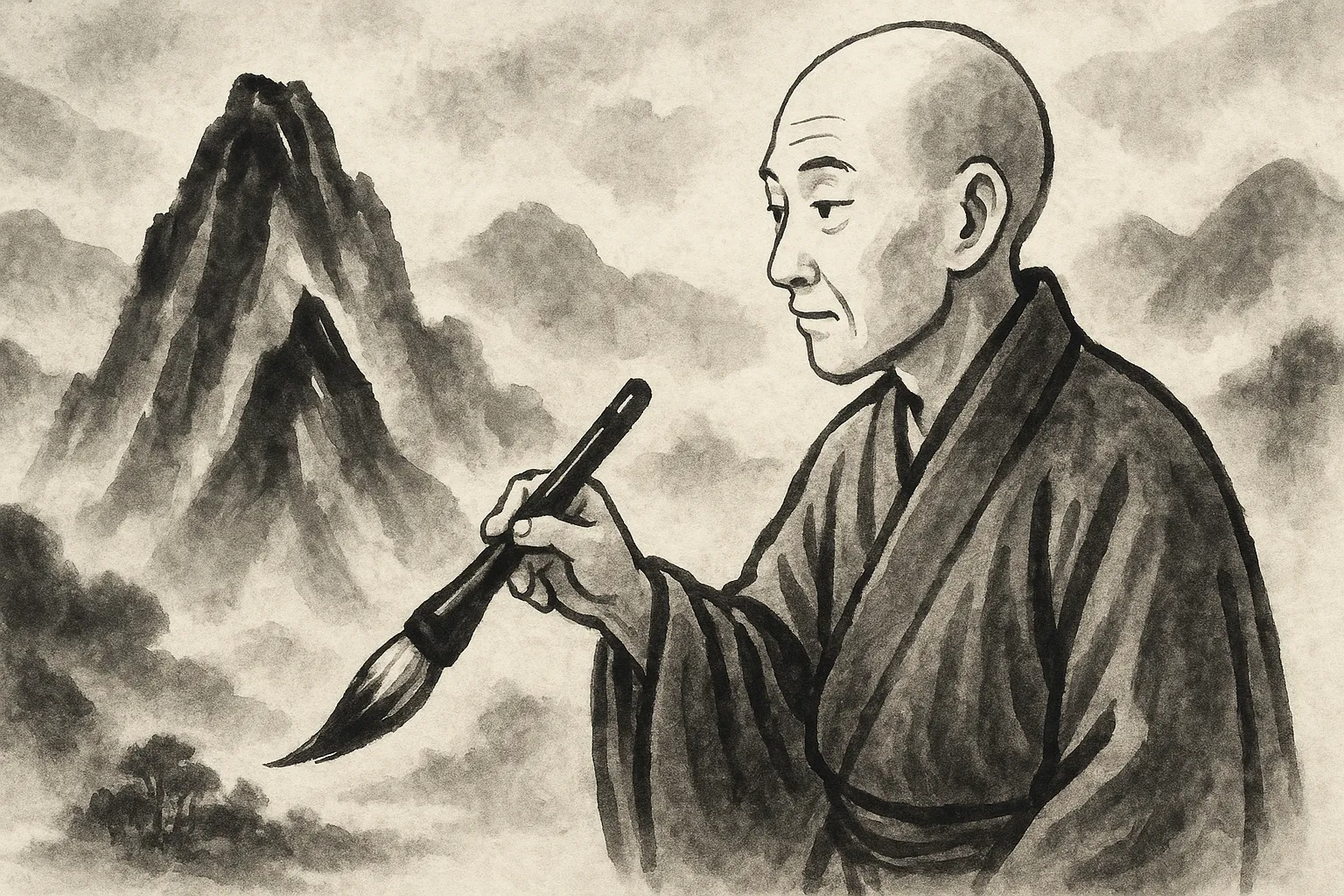
Frequently Asked Questions
What is sumi-e?
Sumi-e is Japanese ink-wash painting made with black ink, water, and brushes. Artists use shades of gray and empty space to create moods, landscapes, and simple, powerful images.
What does 'haboku' mean?
Haboku means 'splashed ink' — a free, fast technique where artists use washes, splashes, and bold strokes so shapes and textures appear from the ink itself.
Why did Sesshū travel to China?
He went to study Chinese ink-painting traditions and brush techniques in the mid-1400s, then adapted what he learned into his own powerful Japanese style.
Are Sesshū’s paintings still seen today?
Yes. Many of his works are preserved in museum collections and studied by artists and historians who value his bold brushwork and influence.
